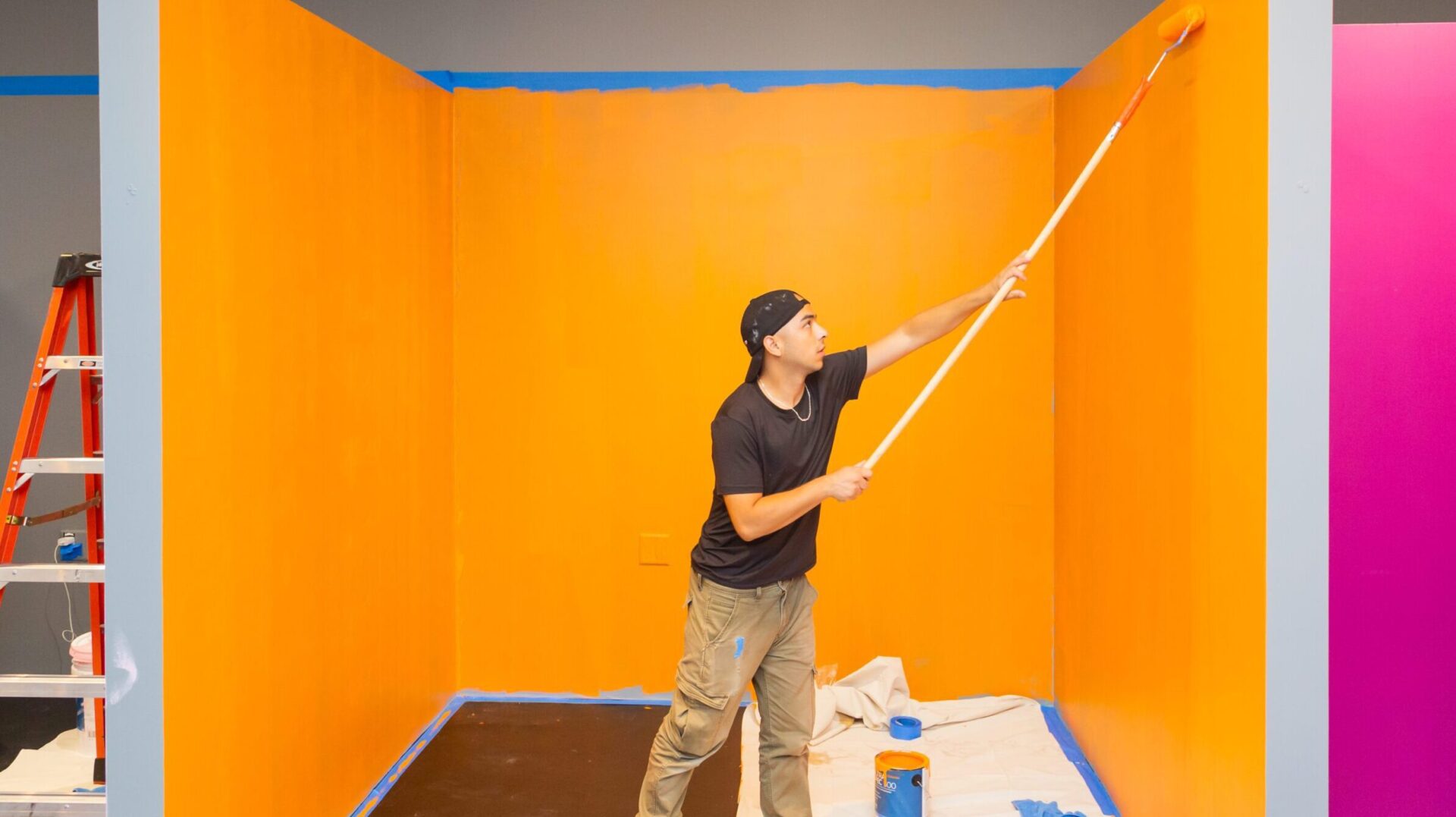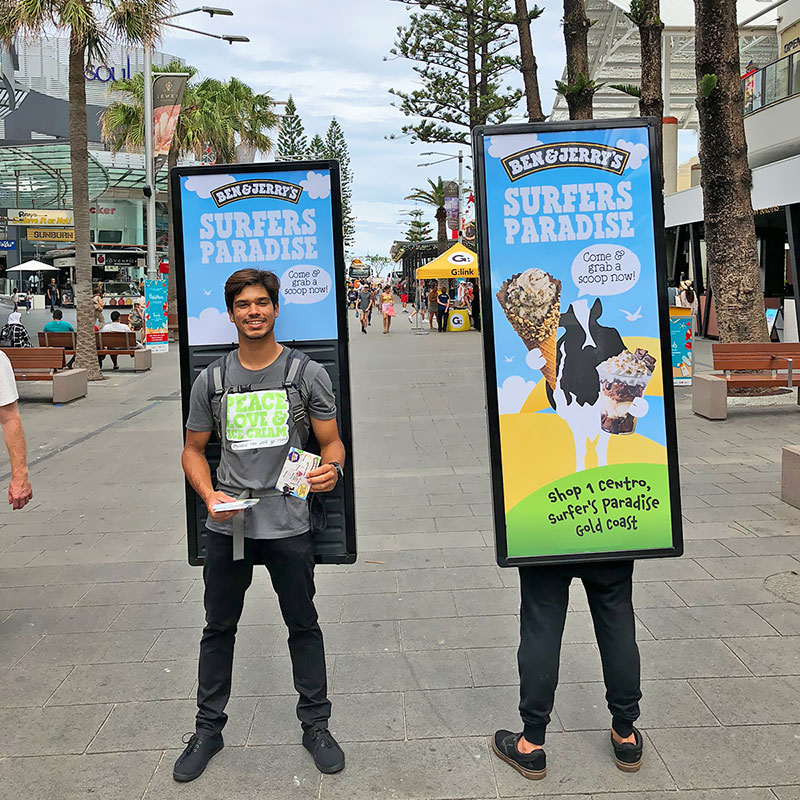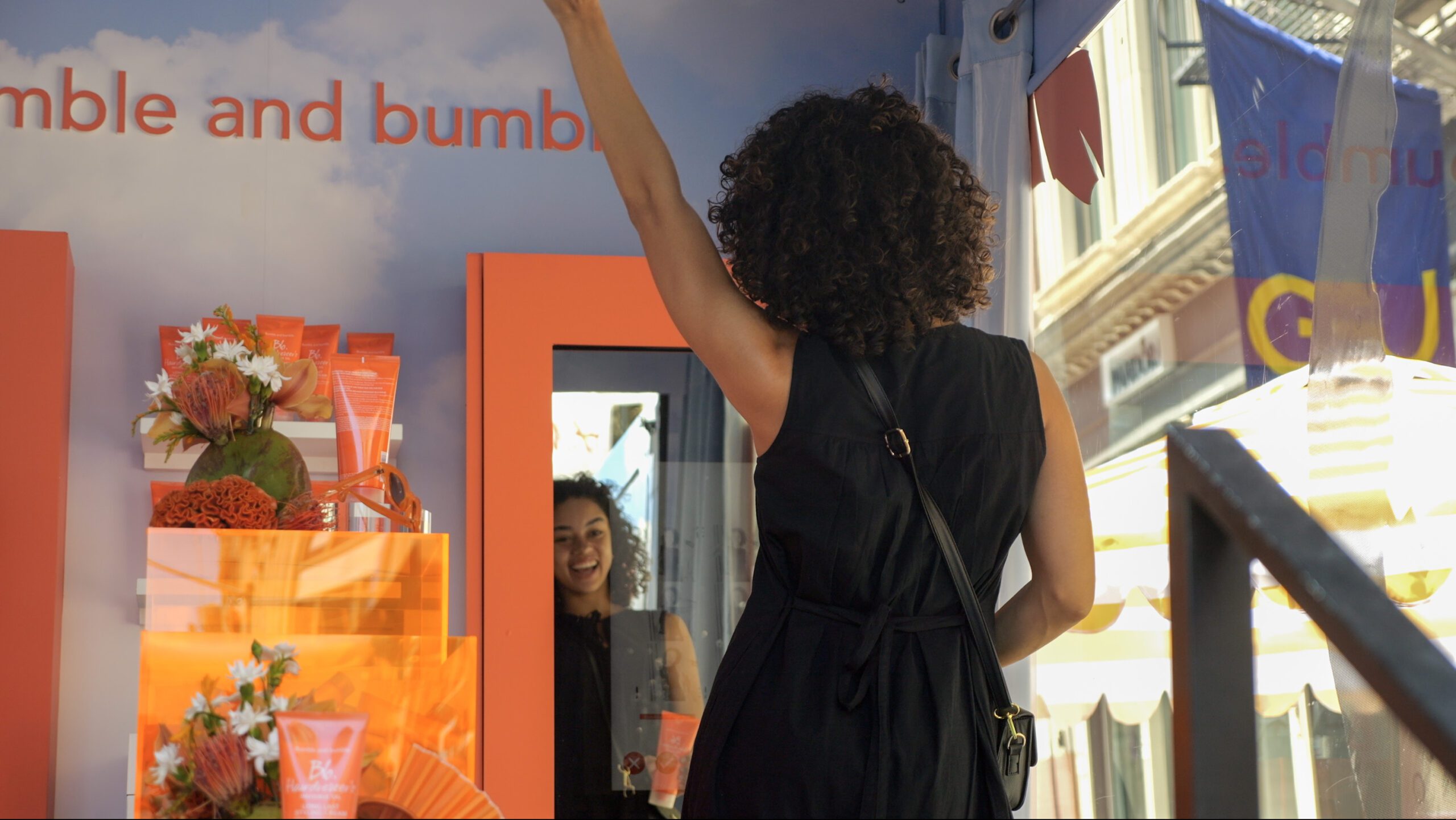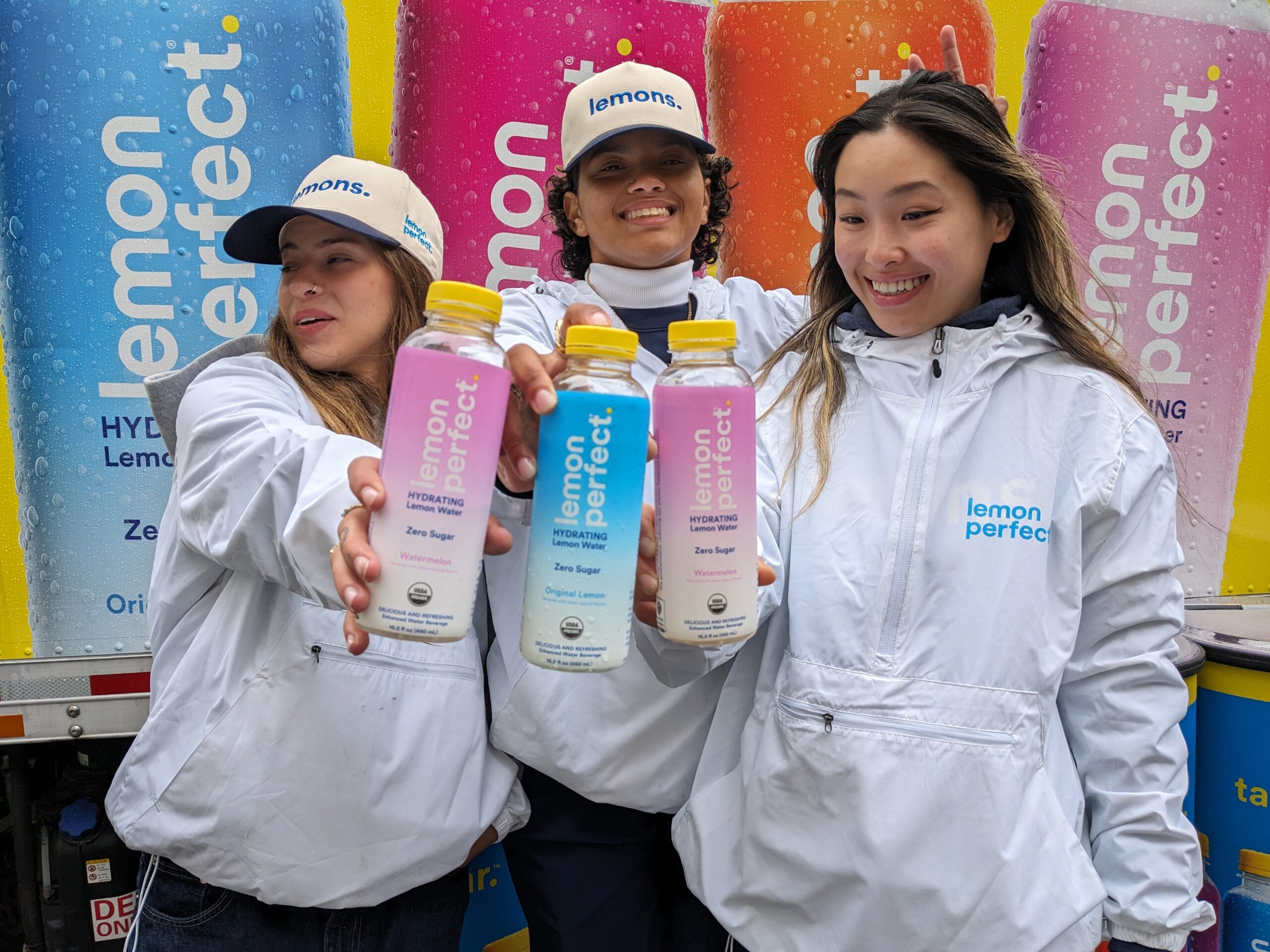
- Product Sampling
Five Ways to Elevate Your Sampling Campaign
The successes of product sampling are well documented — it puts your product directly into the hands of potential customers, which more often than not leads to increased sales and heightened brand awareness.
In recent studies, up to 84% of college students said they’re more likely to buy a product after receiving a free sample. In one study by Eventeem, 35% of consumers said they’d buy a sampled item on the spot. A study cited by inbeat.co revealed that more than 70% of customers stay loyal to brands that offer free samples.
For businesses across numerous industries, product sampling offers a lot of promise. Here’s how to make the most of your next in-person sampling experience.
1. Create a Multi-Sensory Experience
A truly memorable sampling experience engages participants on multiple levels. “If a brand is capable of triggering more than one response from consumers, it enhances their experience and will increase the chance of long-term loyalty to your brand,” says a blog post from wearepurity.com.
Sight: Enhancing the sensory experience might include creating a visually immersive installation complete with social media-worthy photo ops. This offers participants a visual experience that’s both unique and shareworthy, extending the experience beyond the confines of the activation or pop-up. An example: Promobile designed a pop-up for hair care brand Amika that created a fun, friendly space designed in colors and fonts reminiscent of the product’s packaging. Participants enjoyed immersion in the brand’s sensory world as they picked up samples and spoke with brand ambassadors.
Sound: Sound can set the ambiance for the entire experience, says wearepurity.com. Choose a soundtrack that aligns with your brand’s message and the atmosphere you want to create. “For example, feelings of relaxation can be increased through the use of jazz music.”
Smell: Because of how closely our sense of smell is tied to our brain’s limbic system, where memories are stored, “scent can have a big impact on how we perceive and feel about brands, how long we remember an experience, our sense of well-being, and our overall mood,” says wearepurity.com. Draw in participants with aromas that capture the essence of your brand and its products.
Taste: Taste is obviously a central component for food brands’ marketing, but even non-food brands can benefit from offering on-brand treats — consider how spas and salons use food and beverages to create an atmosphere. “Offering your consumers some small bites, or a tea or coffee, can make a big difference to the experience and this may complement your event well,” says wearepurity.com.
Touch: Being able to touch and handle a physical object makes decision making easier for your consumers. Touch makes concepts real and helps consumers imagine themselves using the product, forming a physical and cognitive impression that lasts. “If you are able to touch and see objects, you will have the ability to make judgments about the items quicker, and with a lower amount of effort than you would need to if you just relied on sight and nothing else.”
2. Meet Your Customers Where (and When) They Are
Planning a successful sampling campaign means doing the research to find out who your target audience is, what they want or need, what they care about, and where they are — both physically and temporally.
When food/beverage brand Knorr wanted to promote a new product, reinforce their retailer relationships, and grow their customer email list, they ran a sampling campaign that handed out 1,500 free tacos made with Knorr Chicken Bouillon at Latin grocery stores. While visitors enjoyed the free tacos, street team members collected guests’ demographics, emails, and feedback — valuable information for Knorr to cement their connection with potential new customers.
Timing, too, is important to a successful sampling effort, says a recent sampling guide by Barnes and Noble College. “It has to happen at the right time – and link to life events that trigger purchases.”
If your brand is seeking college-age customers, it makes sense to set up your activation or pop-up on or near a college campus. It also makes sense to time the event to the academic and even athletic calendar, to reach your audience during the times of year when they’ll be most present and receptive, such as the start of the fall semester or the first weeks of a sports season.
3. Promote a Cause or Interest
Free stuff is nice, and free food and beverages are hard to pass up, but sampling for sampling’s sake might not connect with every audience. Younger consumers, including Gen Z, “prefer experiences over materialistic things,” says Shopify. “Work that into your product sampling strategy by partnering with charities” or aligning messaging with causes your brand supports.
For example, if your brand is committed to sustainability, like bone broth maker Kettle & Fire, you might build an entire activation around food system problems and solutions.


“If you’re a healthy beverage brand, for example, consider partnering with children’s health charities,” the post continues. “Not only do you support the cause by driving your soon-to-be-customers to donate, but you get to reach a new audience with similar interests and motivations as your target market.”
4. Make It Fun and Memorable
Everybody likes free stuff — but from the consumer’s perspective there’s a big difference between merely being handed a sample and participating in a fully-formed firsthand experience on the other. Making sampling fun and engaging makes it memorable and forms a connection between the brand and the customer. “Making the sampling experience memorable for your customer helps them to remember you,” according to an article on vouchermatic.com, “and they may even purchase your product if they found it enjoyable enough.”
Gamification is one way to accomplish this connection. This might involve letting customers spin a wheel — real or virtual — to “win” a sample. “You can choose to have customers scan QR codes at your store, or on your website to play the game. Alternatively, you can also have a kiosk in your store [or at your activation] where customers can play the game there.” Vouchermatic notes that the game creates an opportunity to collect customer data, like email addresses, cell numbers, and demographic information before playing.
Another option: Hold a blind taste test, or another test appropriate to your brand. The process — customers sample your product alongside similar products, then deliver their opinions — lets participants try your product and also makes them feel valued — like they are part of your brand’s story. “By bringing customers, new or old, into the fold, you can collect invaluable product feedback and make those individuals part of your development process,” notes a blog post on expertvoice.com. This converts samplers into fans while collecting valuable feedback that can help you improve your product and marketing.
An example of this in action: Meat alternative brand Meati wanted to put its products in front of potential customers to both introduce the product and get their feedback. Working with Promobile, Meati held blind taste tests involving hundreds of consumers who answered questions about the experience, providing honest, informed feedback that shaped future product decisions.
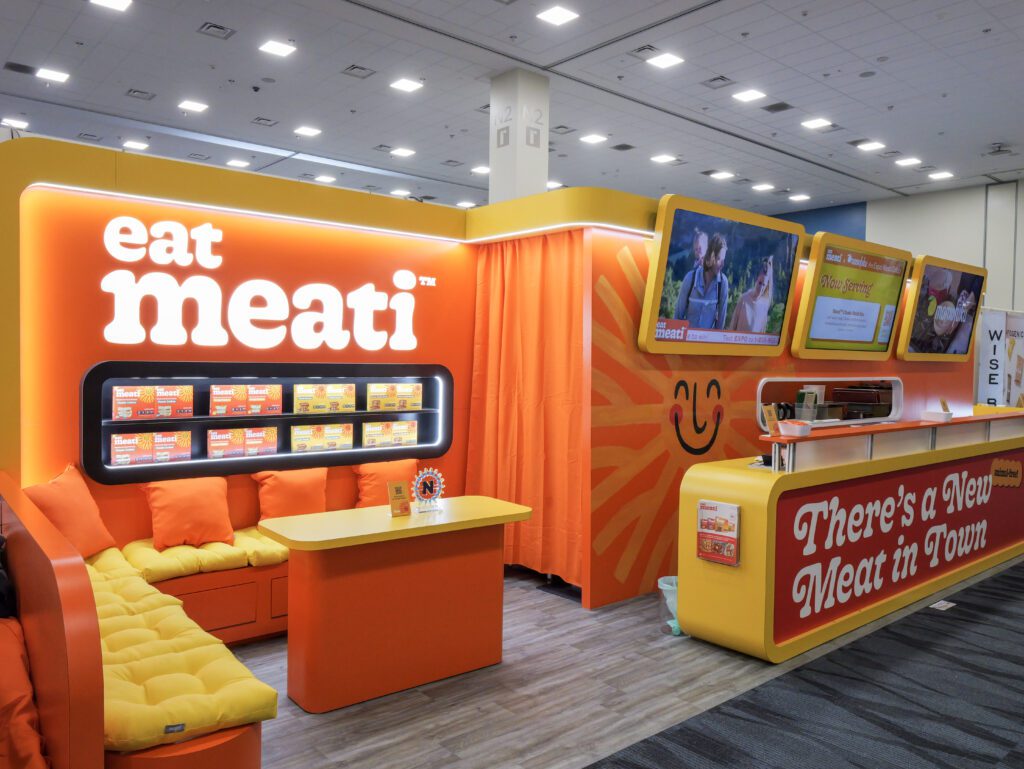

5. Use Sampling to Get Reviews, UGC, and Influencer Clout
Whether in-store or at an activation or pop-up, direct-to-consumer sampling puts products in the hands of potential customers, who get to try before they buy. What if there were a way to get more bang for your sampling buck through reviews and influencer marketing? Product sampling can generate a significant number of customer reviews and user-generated content, which can help you reach members of your target audience who didn’t attend your event. This is a powerful strategy, says a blog post by expertvoice.com, “especially since consumers rely on social proof to make buying decisions now more than ever.”
One approach: give samples to a select group, such as your best existing customers, people in specific occupations relevant to your brand, or social media followers. “Product samples can serve as a positive first impression between brands and potential customers,” says an article by Statusphere. “You can also use samples to delight past customers, social followers and brand ambassadors.” Another approach: Solicit user-generated content (UGC) and reviews with samples handed out at experiential marketing events by offering a discount to attendees who share the experience online.
Promobile Marketing is a dynamic experiential marketing agency based in New York City. For over a decade, Promobile Marketing has collaborated with a range of brands—from budding startups to major CPG brands—on immersive marketing campaigns. Get in touch to discuss your next project.
